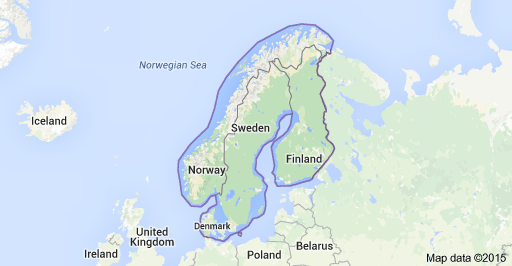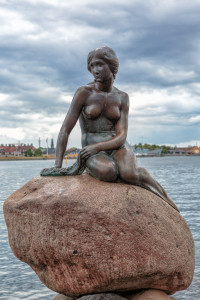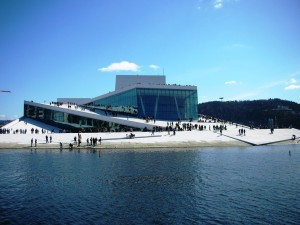It’s been a busy few weeks as the 150th anniversary (sesquicentennial for those who like big words) of the Civil War continues. We’ve seen the surrender of Robert E. Lee to Ulysses S. Grant, the capture of Richmond, and the assassination of Abraham Lincoln. Many events have commemorated these anniversaries, including an all night vigil in the streets between Ford’s Theatre and the Petersen House.

Last week my article “And the War Ends” was published in the Smithsonian Civil War Studies newsletter. Below is a snippet; follow the link to the full article:
On April 9, 1865, just four weeks after President Abraham Lincoln had taken his second oath of office, Confederate General Robert E. Lee officially surrendered his army to Union General Ulysses S. Grant. So began the end of the Civil War. They met at the house of Wilmer McLean in a village called Appomattox Court House. The trials of four years of war etched the faces of both Generals as their weary troops struggled between thankfulness that the war was ending and patriotism for the causes they felt were still attainable.
In the days before the surrender, Grant and Lee had exchanged a series of messages through the front lines. Both men were cautious, avoiding commitments that they could not keep. Not surprisingly, Lee was hesitant to surrender the Army of Northern Virginia to the Union forces. But he was a realist. After the defeat at Petersburg, Lee had on April 2nd warned Confederate President Jefferson Davis that Richmond could no longer be protected. As Davis and the Confederate government fled southward, Lee knew that his armies could no longer hold off the inevitable. The South would fall in defeat.
The terms of the surrender were simple. All Confederate forces were to be disbanded and allowed to return to their homes, “not to be disturbed by the United States authorities so long as they observe their paroles.” While “arms, artillery, and public property” were to be confiscated, officers were allowed to keep their side-arms (swords and pistols), private horses and baggage.
As General Lee mounted his horse to ride away from the McLean house, “General Grant now stepped down from the porch, and, moving toward him, saluted him by raising his hat. He was followed in this act of courtesy by all our officers present; Lee raised his hat respectfully, and rode off to break the sad news to the brave fellows whom he had so long commanded.”
The war would rapidly come to an end. But just as rapidly, President Lincoln would be assassinated…. (continued)
Much more has been going on – including some incredible once-in-a-lifetime opportunities to see treasured artifacts on display – so check back for more details.
David J. Kent has been a scientist for over thirty years, is an avid science traveler, and an independent Abraham Lincoln historian. He is the author of Tesla: The Wizard of Electricity and the e-book Nikola Tesla: Renewable Energy Ahead of Its Time. He is currently writing a book on Thomas Edison.
Follow me by subscribing by email on the home page. And feel free to “Like” my Facebook author’s page and connect on LinkedIn. Share with your friends using the buttons below.



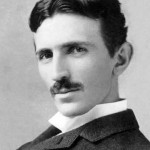
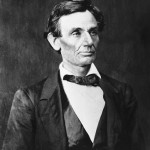 Abraham Lincoln was born in Kentucky in 1809, lived in Indiana and Illinois, and was assassinated in Washington, DC in 1865 without ever having left the country. Nikola Tesla was born in 1856 of Serbian heritage in an Austro-Hungarian military outpost in land now part of Croatia. He moved to the United States decades after Lincoln’s assassination and lived for many years in New York City before dying in 1943. Their lives barely overlapped.
Abraham Lincoln was born in Kentucky in 1809, lived in Indiana and Illinois, and was assassinated in Washington, DC in 1865 without ever having left the country. Nikola Tesla was born in 1856 of Serbian heritage in an Austro-Hungarian military outpost in land now part of Croatia. He moved to the United States decades after Lincoln’s assassination and lived for many years in New York City before dying in 1943. Their lives barely overlapped.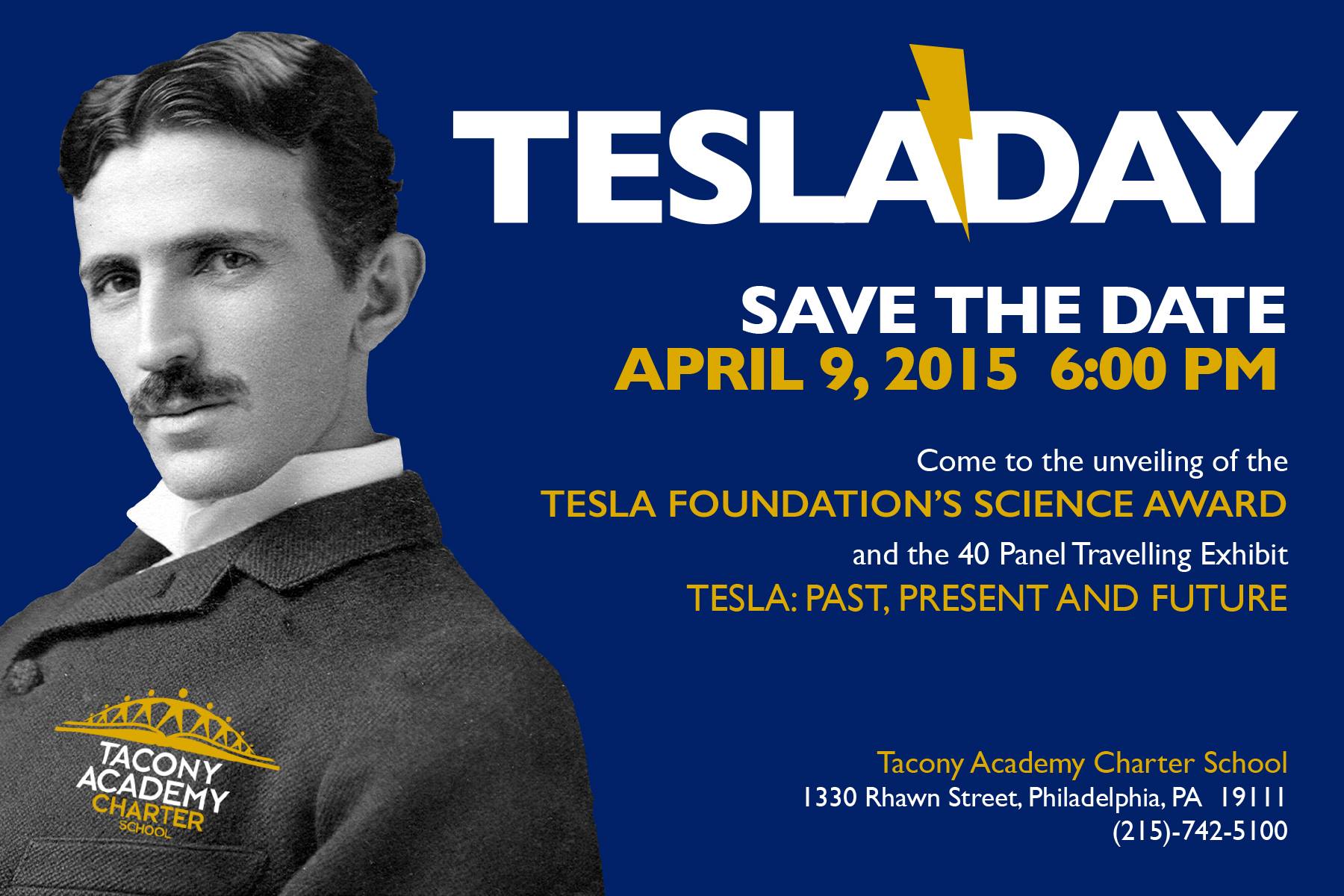
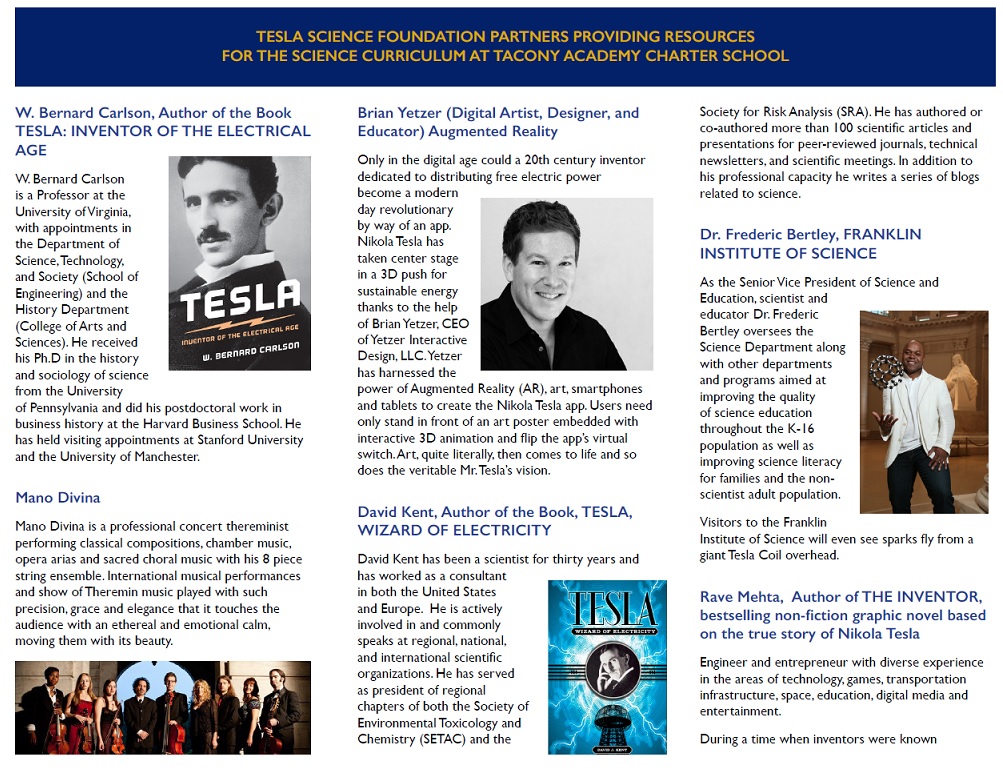
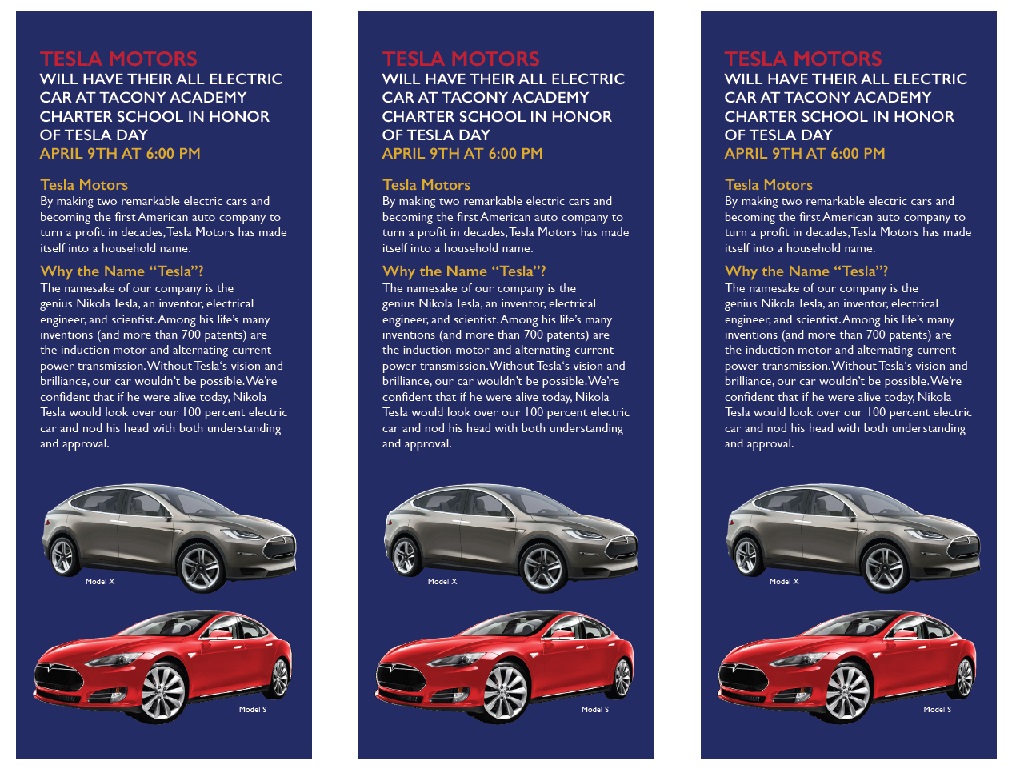
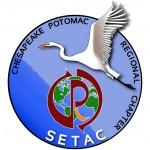 The following is a cross-posting from the Chesapeake-Potomac Regional Chapter of SETAC.
The following is a cross-posting from the Chesapeake-Potomac Regional Chapter of SETAC. 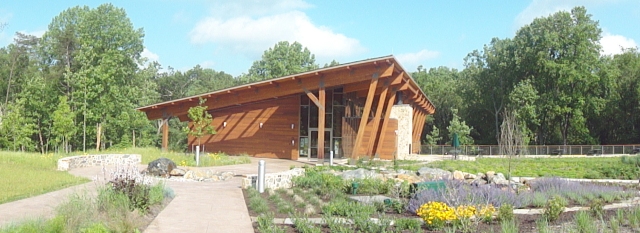
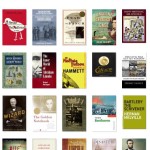 While Thomas Edison slowly comes to life on the pages of my book in progress for Sterling Publishing, we’ve seen a “whole lotta writin’ goin on” (with apologies to
While Thomas Edison slowly comes to life on the pages of my book in progress for Sterling Publishing, we’ve seen a “whole lotta writin’ goin on” (with apologies to 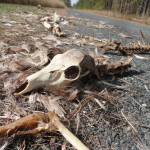 We’ve seen skeletons here on Science Traveler since the last update.
We’ve seen skeletons here on Science Traveler since the last update. 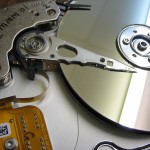 Over on Hot White Snow were two creative writing pieces.
Over on Hot White Snow were two creative writing pieces. 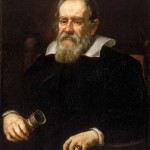 On the serious side, The Dake Page offered a review of the Pulitzer Prize-winning book
On the serious side, The Dake Page offered a review of the Pulitzer Prize-winning book 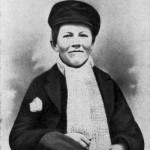 Now back to Thomas Edison. Did you know that as a child he was actually called “Little Al?” Or that he was a teenage “news butch” on a train (not quite a teenage werewolf in Paris)? Or that his deafness started at an early age? Stay tuned as Little Al grows up into “The Wizard of Menlo Park” (even though he wasn’t in Menlo Park very long).
Now back to Thomas Edison. Did you know that as a child he was actually called “Little Al?” Or that he was a teenage “news butch” on a train (not quite a teenage werewolf in Paris)? Or that his deafness started at an early age? Stay tuned as Little Al grows up into “The Wizard of Menlo Park” (even though he wasn’t in Menlo Park very long).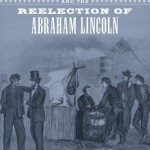
 Yes, you read that right; a Booth saved a Lincoln’s life. In my e-book, Abraham Lincoln and Nikola Tesla: Connected by Fate, I’ve been amazed at how many interesting connections there are between the two men. There are two that relate Tesla to Lincoln through Robert Todd Lincoln.
Yes, you read that right; a Booth saved a Lincoln’s life. In my e-book, Abraham Lincoln and Nikola Tesla: Connected by Fate, I’ve been amazed at how many interesting connections there are between the two men. There are two that relate Tesla to Lincoln through Robert Todd Lincoln.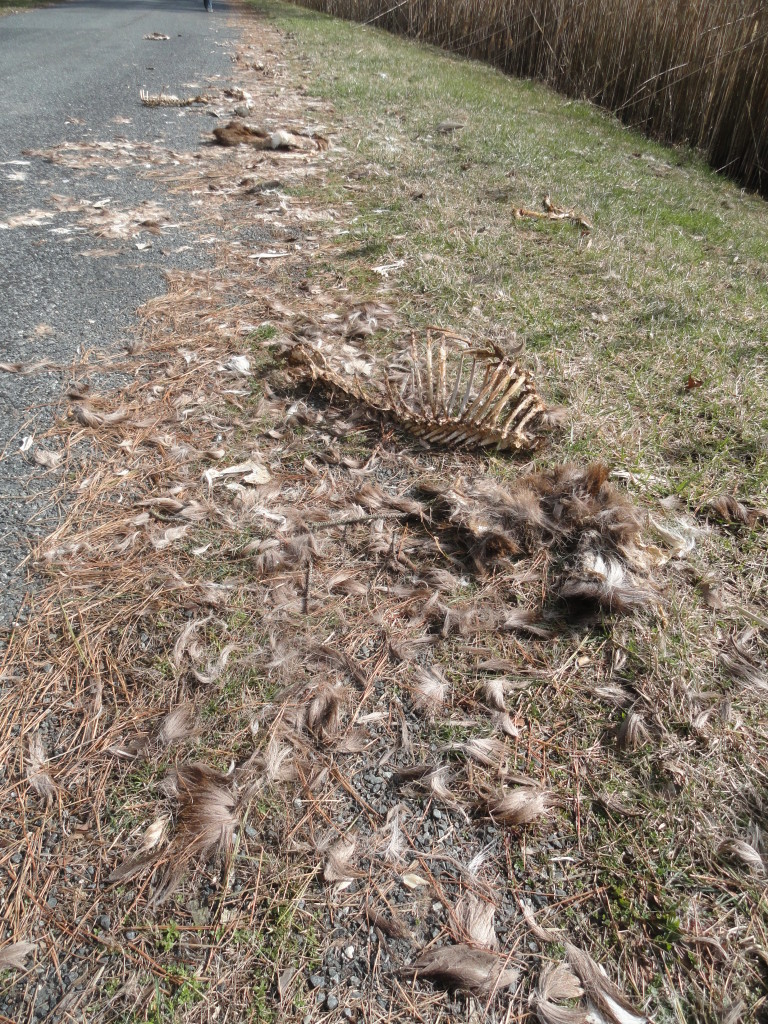
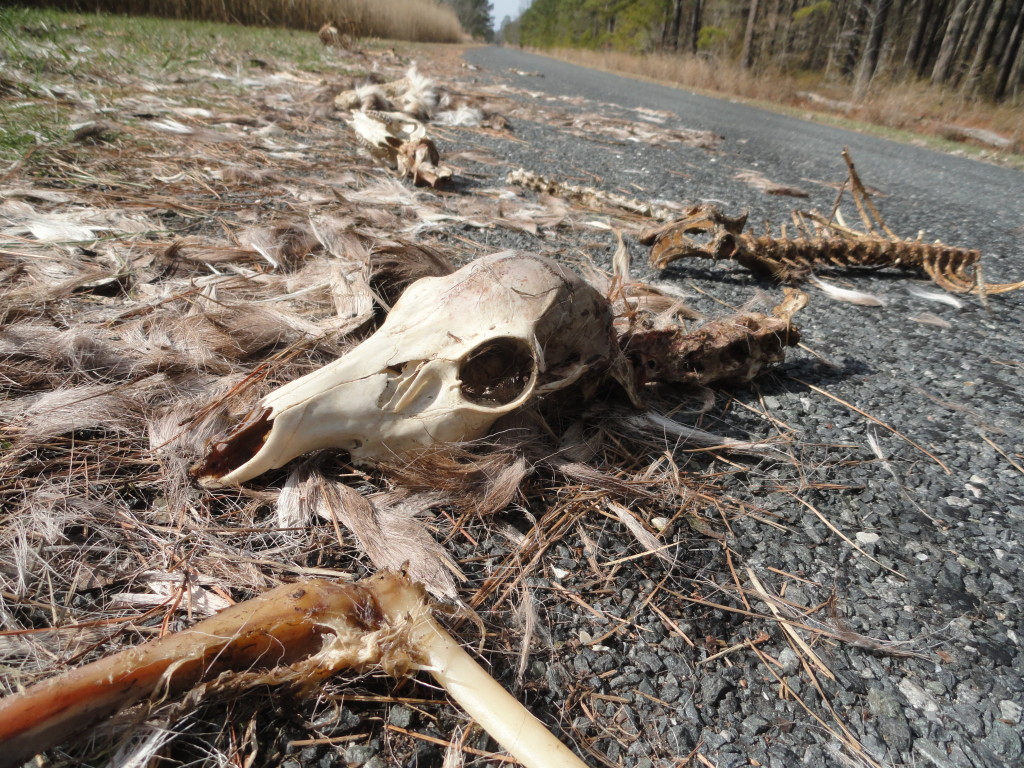
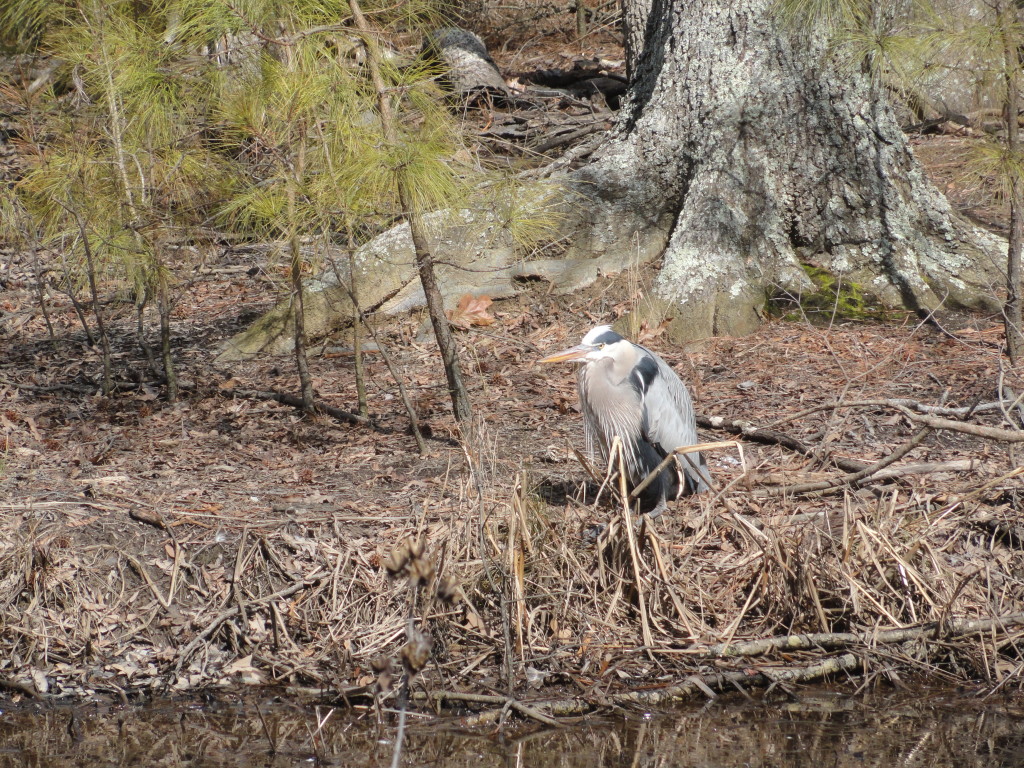
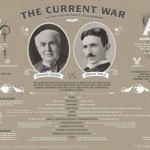 Current writing projects are headlined by my forthcoming book on
Current writing projects are headlined by my forthcoming book on 